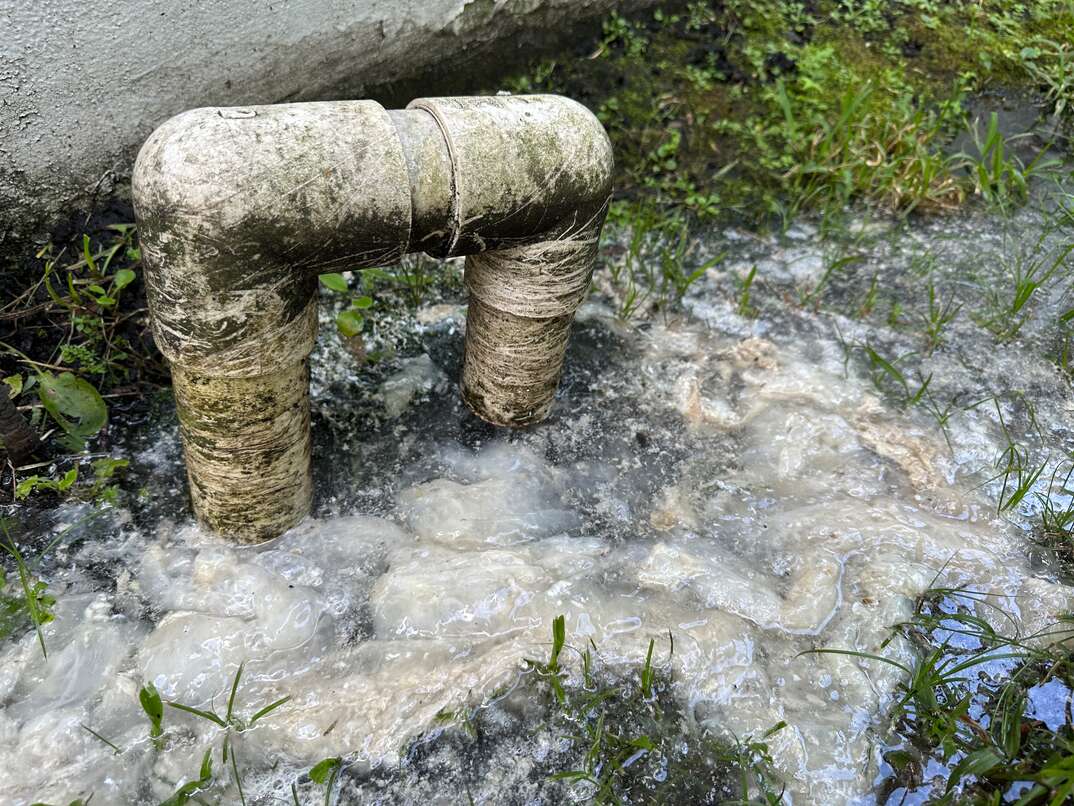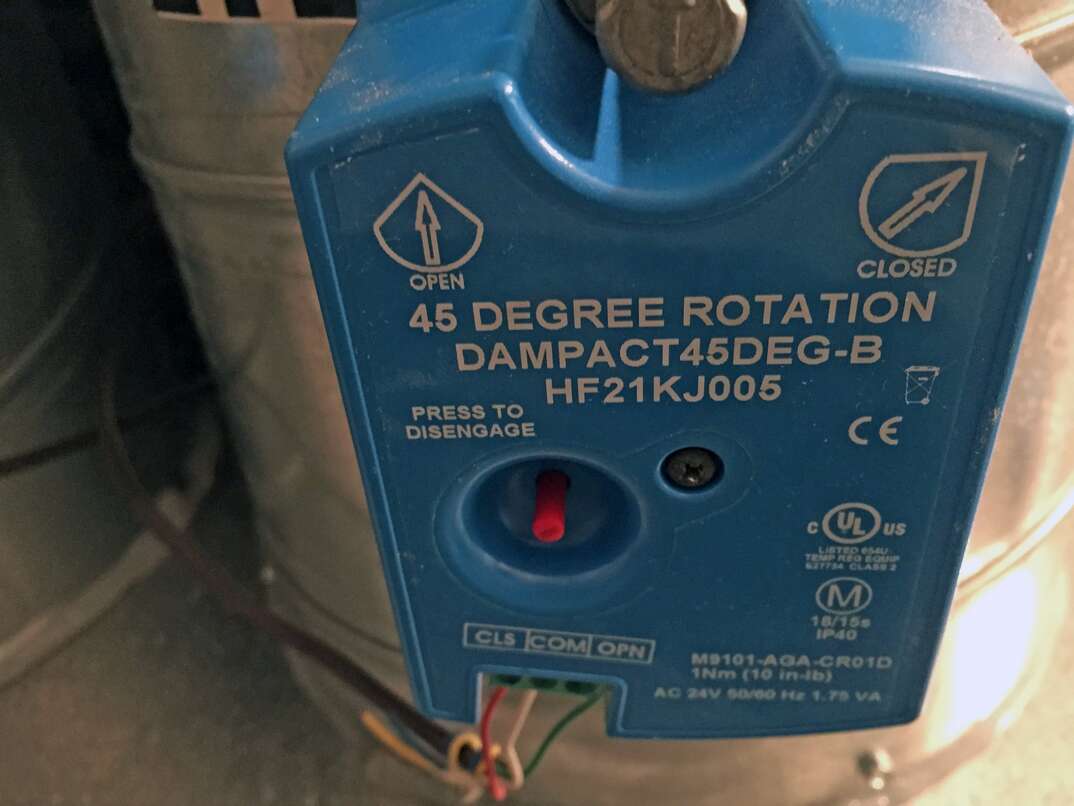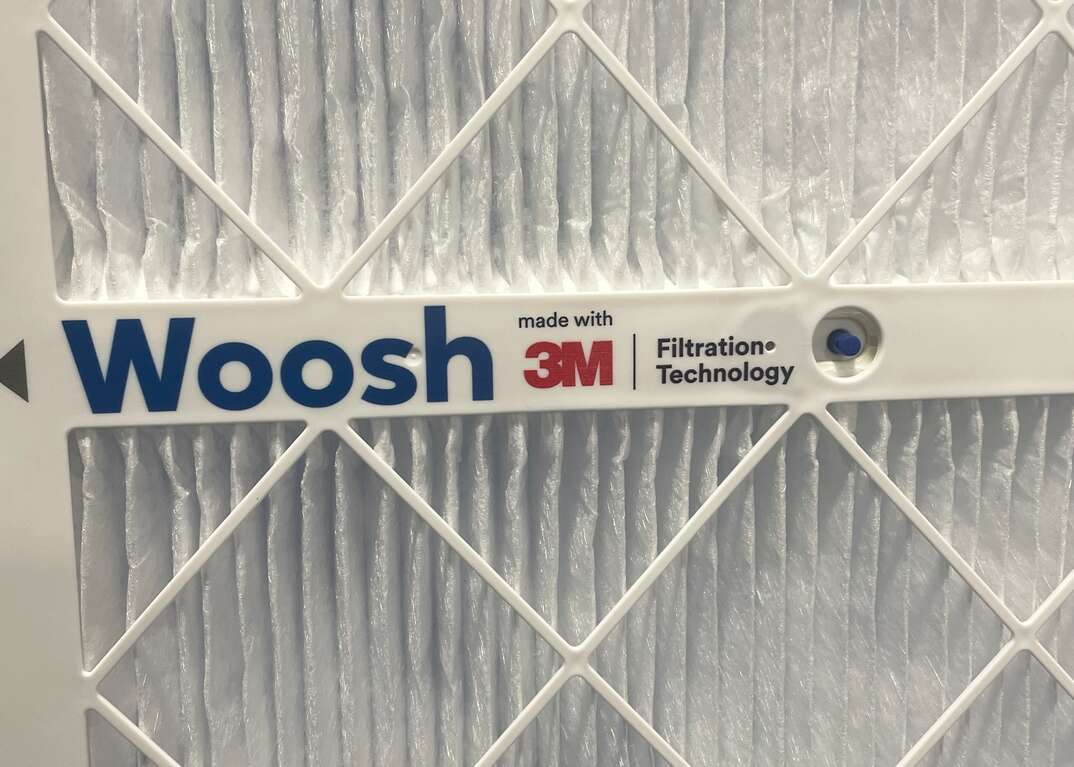How Does a Wood-Burning Stove Work?

A roaring fire in a wood-burning stove tends to make any house feel more like a home, which is why so many folks opt for wood-burning stoves — even in new constructions.
This May Also Interest You: How Does Heating Your Home With Oil Work — and Who’s Still Using It?
Contrary to popular belief, wood-burning stoves today are not the inefficient, resource-guzzling potbellied variety of yesteryear. The modern wood-burning stove has evolved to become a cleaner, more viable heating choice than ever before. Wood-burning stoves work on a few simple premises, and the process of how a wood-burning stove works is quite easy to understand.
If you’re thinking about joining the ranks of millions of Americans who heat their homes with wood, you'll need to understand how it works in order to decide whether it’s right for your home. Here’s a quick primer to get you started.
How Does a Wood-Burning Stove Heat a House?
Wood stoves work by creating a controlled space for wood to be burned so that it heats the area surrounding it. There are no moving parts or electrical components in a wood stove; it’s powered by manual input from the user. In a nutshell, a wood-burning stove works in the following process:
- The user places wood inside the stove’s firebox. The firebox, surrounded by fireproof walls, encloses the wood (and the fire).
- Air vents on the stove control the amount of airflow to the firebox, which allows the wood to burn efficiently and slowly.
- Gas produced by burning the wood remains inside the wood-burning stove for a longer time than combustion from an open fire. The enclosed environment allows the fire to burn hotter. This process is referred to as secondary combustion or secondary burn.
- The metal body of the stove radiates heat out from the stove and into the surrounding area.
Compared to a wood-burning fireplace, a wood stove can be more efficient because a lot of the heat produced in a fireplace escapes through the chimney. Moreover, the amount of airflow to the fire in a fireplace is less manageable than with a wood-burning stove, so it’s more difficult to control the fire with any level of accuracy.
How Do You Control a Wood-Burning Stove?
Once a fire is started inside a wood-burning stove and the door is shut, the fire requires air to keep burning. This air is supplied by the stove’s air vents. Open the wood-burning stove’s vents, and the fire burns the wood inside the firebox faster because there is an increase in airflow to the fire. As a result, a greater amount of heat is produced. Partially closing the vents decreases the amount of oxygen making its way to the firebox, burning the wood slower and at a lower temp. Closing the vent completely prevents any air from getting to the firebox, so the fire eventually dies out.
Air vents vary between stove models, but typically, a wood stove comes equipped with one or two. The air vents may be controlled by a lever or handle, at least in the design of most stoves. Wood burns more efficiently when its source of air comes from above the fire, so even though the air vent may be located on the bottom of the stove or near its base, the stove’s design usually features a mechanism to route the air to channel its way to the top of the firebox and then down toward the fire.
How fast and how hot a fire burns also depends on how much wood is placed in the firebox.
More Related Articles:
- Why Am I Using So Much Heating Oil? Here’s How to Reduce Your Consumption
- How Often Should You Change Your Furnace Filter?
- Need a New Furnace? Here’s What You Should Know
- How to Relight Your Furnace Pilot Light in 5 Simple Steps
- How Much Does a Gas Fireplace Cost?
What Are the Pros and Cons of a Wood-Burning Stove?
Owning a wood-burning stove has both advantages and drawbacks. Some pros of wood-burning stoves include:
- Efficiency. Modern wood-burning stoves are very efficient and able to extract the maximum amount of energy from each piece of wood and then transfer the heat into your space. Compared to older wood-burning stoves, newer generation stoves produce more heat, require less fire maintenance and produce longer-lasting fires.
- Great heat output. Compared to an open fireplace, a wood-burning stove puts out a greater amount of heat. The heat from a wood-burning stove radiates across a room, so you can feel it further away from the stove than you would if you were heating with a fireplace.
- Fewer emissions. As mentioned earlier, wood stoves harness heat from the wood and gases burning in the firebox. Because of this, burning wood in a modern wood-burning stove releases fewer emissions into the environment, making it a more environmentally friendly option.
- Great user control. Fireplace fires are not as easy to control as those in a wood-burning stove. Being in more control of how efficiently and quickly a fire burns also puts the user in charge of how much heat the fire generates.
- Longer-burning fires. Because the wood-burning stove is easy to control, it’s easier to create and maintain long-burning fires.
- Firewood conservation. Because users can create longer-burning fires that burn more efficiently, a wood stove uses less firewood than a fireplace, which reduces the cost of operating the stove and lessens the amount of wood you need to stay warm.
- Electricity-free operation. Perhaps one of the best benefits of the wood-burning stove is that it doesn’t run on electricity. You can stay warm when the grid is down due to snowstorms and other weather events.
But wood-burning stoves aren’t without a few downsides. Initially, the cost of buying one — at least $1,000 — may be too high for some homeowners. Installation costs may be exorbitant, too, especially in homes that weren’t previously equipped with a wood-burning unit.
Wood stoves are efficient, but not as efficient as a gas-burning stove or gas fireplace. Lastly, there’s a learning curve to operating a wood-burning stove. It takes some time to get used to controlling the fire with the vents, for example. However, most wood-burning stove owners love them and say they're worth the investment.


